Like its ceiled stablemate, the drophead version of the XKR-S provides no opportunity to confuse it with tamer members of the XK family. Derived from the fastest car Jaguar has ever made, by default it’s the firm’s fastest ever convertible – and it has styling to leave little doubt of that fact.
The reason the convertible has reached the market so soon after its coupé sibling lies in the XK’s gestation; the base car was engineered as a convertible from the start, so minimal revisions were required. Indeed, despite its maturing roots, Jaguar maintains its all-aluminium construction still means it’s the stiffest car in its class (although we’d bet on the new Mercedes SL 63 AMG relieving it of that title imminently).
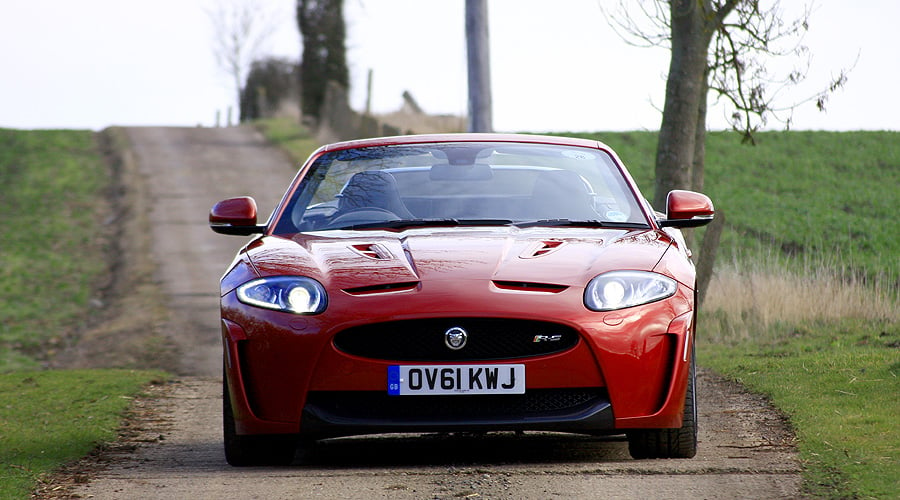
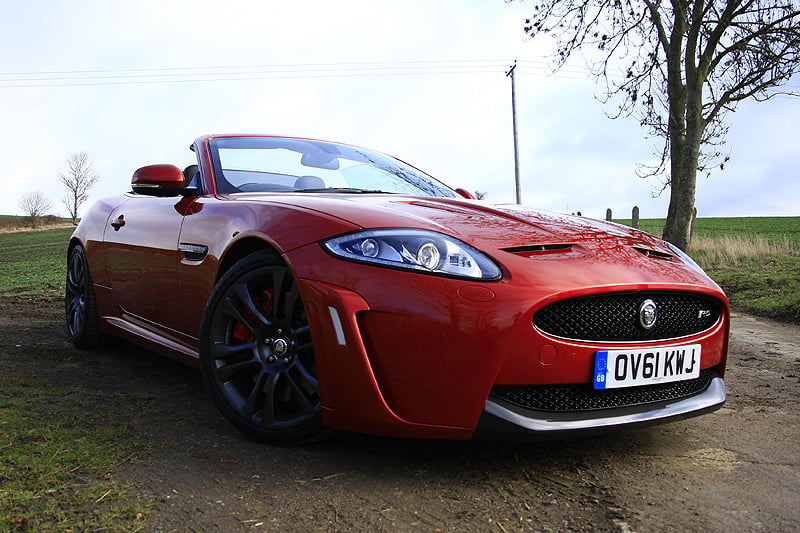
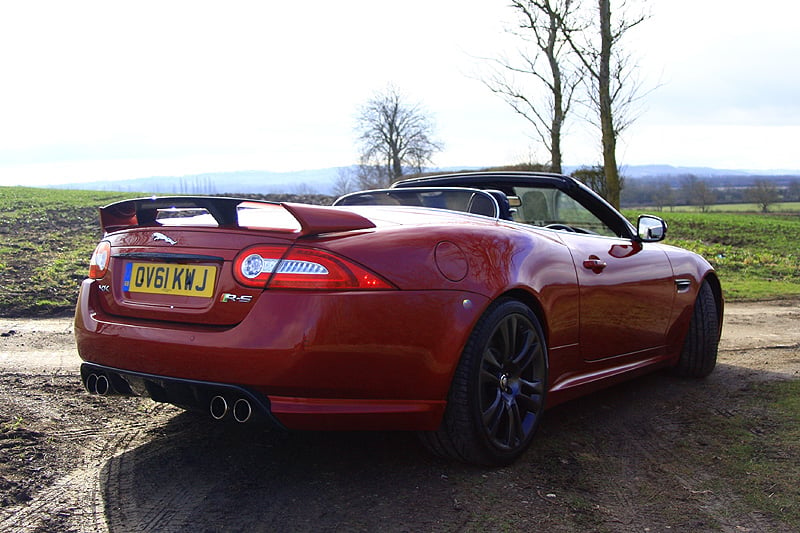
So, with the XKR-S convertible being launched in time for Spring, it seemed like the perfect time to get acquainted. Does it have the automotive equivalent of Bipolar Disorder? After all, it began life as a Grand Tourer, and now looks all British muscle car.
First off, it’s got a 5.0-litre supercharged V8, so it fits the profile of both – but a prod of the start button swiftly reveals a definitive answer. It comes to life with a bark before settling down to a thunderous idle; sending the tachometer clockwise reprises the snarl of its manufacturer’s namesake. This is the sound of true British muscle; it even manages to drown out the whine of the supercharger (present on many other current 'charged Jags), as well as virtually any other sound within a mile's radius. And it takes just a few minutes behind the wheel to discover another facet of the XKR-S’s repertoire.
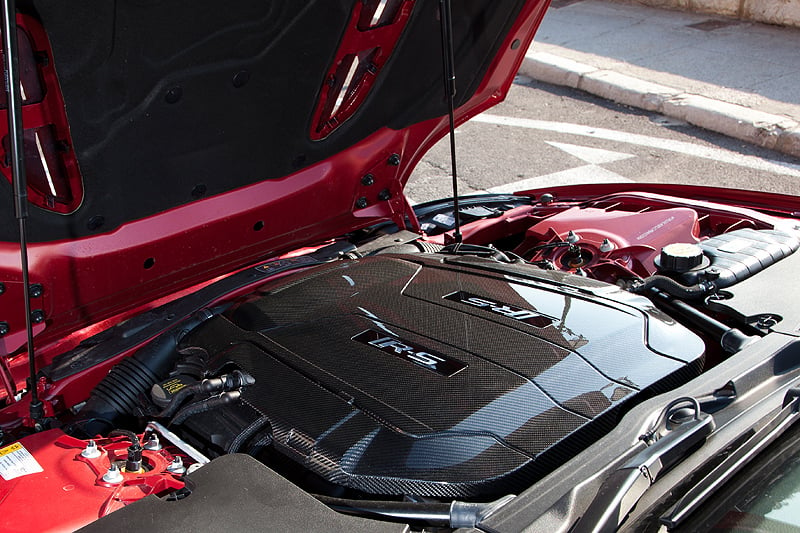
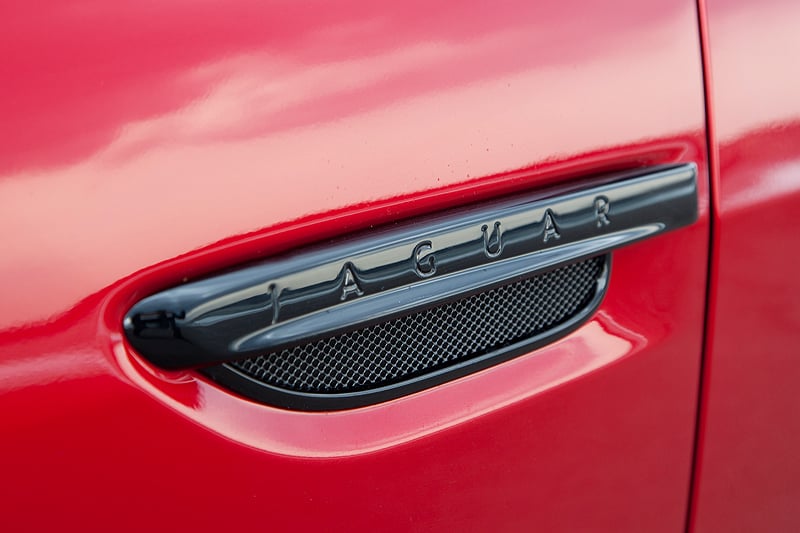
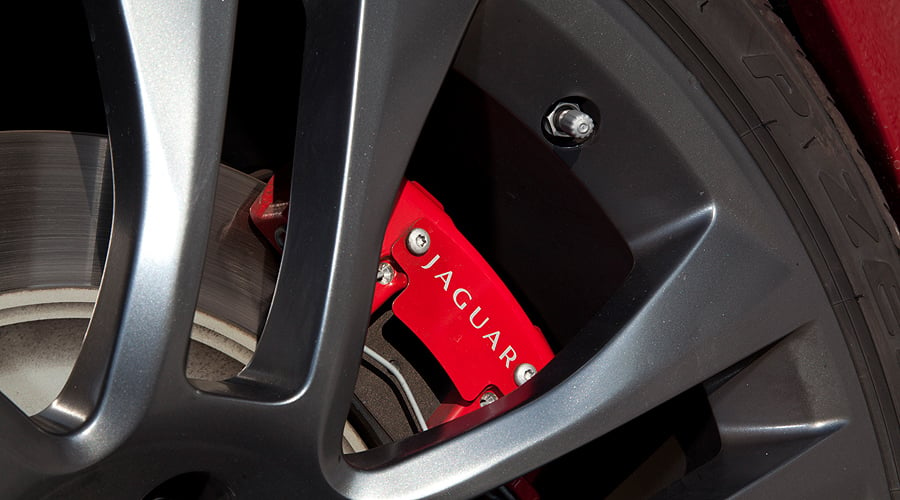
Found just below the red line on the overrun are a series of pops and bangs, sounding delightful when amplified through the Performance Active quad exhaust system. You find yourself actively seeking them out, and the manner in which the paddleshift 6-speed gearbox ‘stacks’ gearchanges only encourages this juvenile behaviour. Jaguar calls it ‘fire and forget’ – it’ll hold back on its downchanges until it's within the desired gear’s window, simultaneously providing a courteous throttle blip to prevent the driven wheels grabbing.
The gearbox is just as well-mannered in automatic mode at low speeds, and the steering follows in this vein. At single-digit pace (which we were forced to adopt while navigating the grounds of the nearby Heritage Motor Museum), it’s light enough to turn with one finger, yet has plenty of feel through Gaydon's switchbacks. Even more surprising is the suppleness of the Active Dynamics suspension; despite firm undertones, it’s never harsh or crashy – no doubt thanks to the fact that a large portion of the car’s development testing took place on Welsh roads.
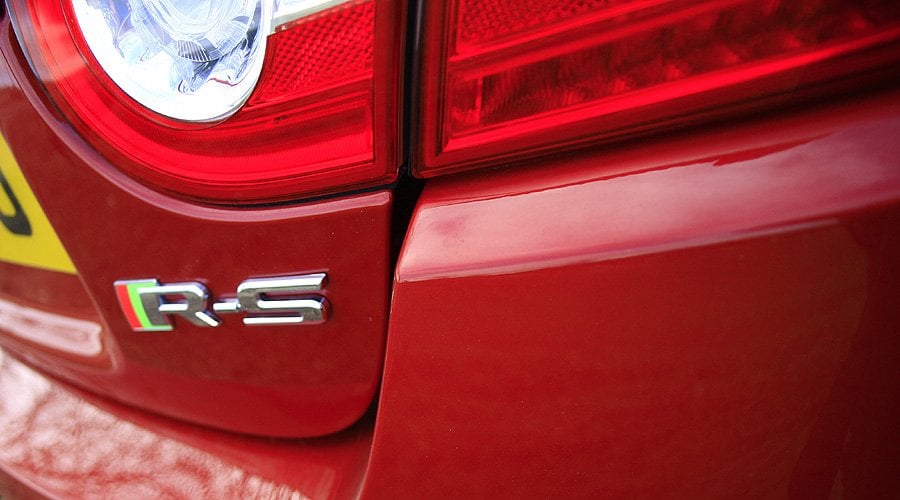
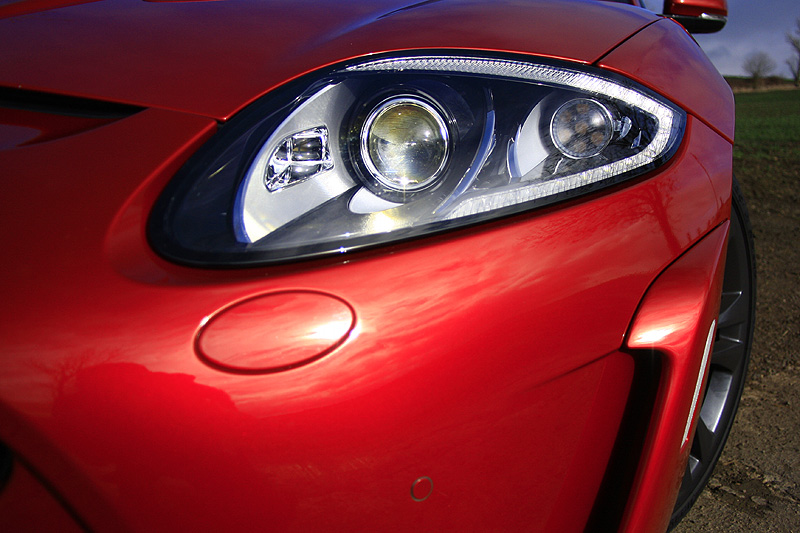
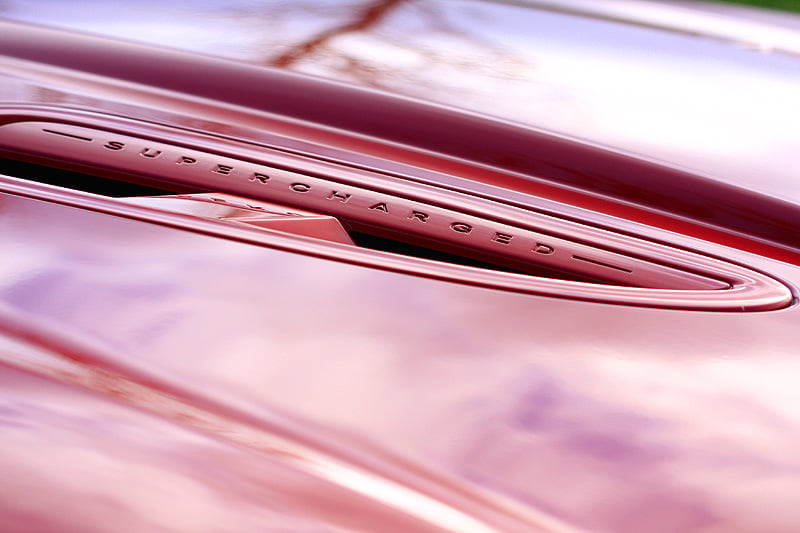
Pleasingly, the ‘scuttle shake’ which plagues many decapitated cars never rears its ugly head – which is even more surprising when you learn no extra body strengthening has taken place. Usually, this is where convertibles gain weight, but the mechanism which supports the cloth roof is the only source of added ballast over the coupé. This equates to just 42kg, leaving performance and economy figures untouched. However, said economy is nothing to boast about, despite the lightweight construction; the lack of a stop/start system means 23mpg on the Combined cycle is the most you’ll achieve. During a particularly spirited leg of our test drive, we saw that figure drop into single digits.
But, of course, you don’t buy this car to sustain the environment, or indeed your bank balance. You buy it for the performance that the bodykitted, carbonfibre-winged, vent-on-every-panel appearance promises. And my, does it deliver. After storming to 60mph in 4.2 seconds, it takes just a further 4.5 seconds to reach 100mph before topping out at 186mph. The throttle pedal is beautifully tuned, too; apparently, Jaguar ‘has a guy for that’.
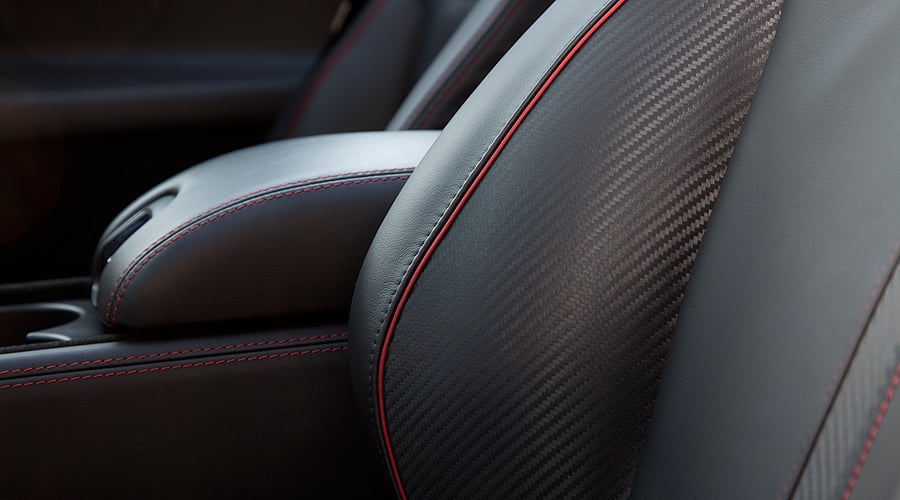
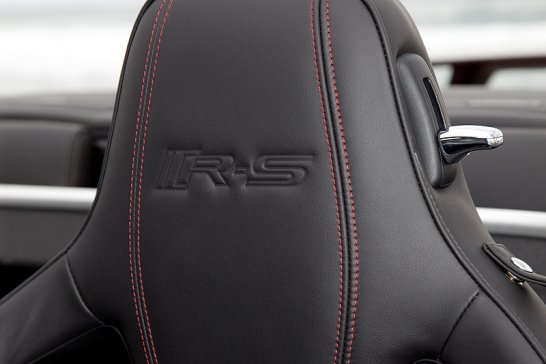
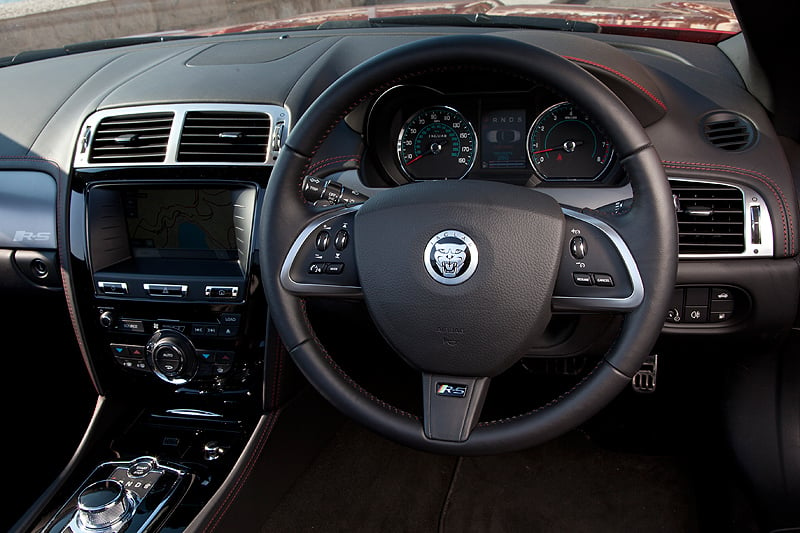
So, what doesn’t Jaguar’s most expensive car do well? Not a lot. The cabin could have been given a few more special touches to shepherd it past the £100k mark with justification, and the rear seats are verging on pointless. The -S visual addenda may be a bit theatrical for a car which, while palpably potent, won’t rearrange your spine – but that’s purely subjective.
Ultimately, we’d choose a convertible XKR-S over the fixed-head variety, purely because of the option to have un-barriered aural access to the goings-on of the bellowing exhaust. Whether the noise, plus ASBO-grade body trimmings and additional 50bhp, justify the £18,450 premium over the non-S XKR, though, is debatable. That said, the XKR’s shouty sibling does supremely well when it comes to offering a more focused alternative, without ruining the GT nature of the car. It’s roofless, but not ruthless.
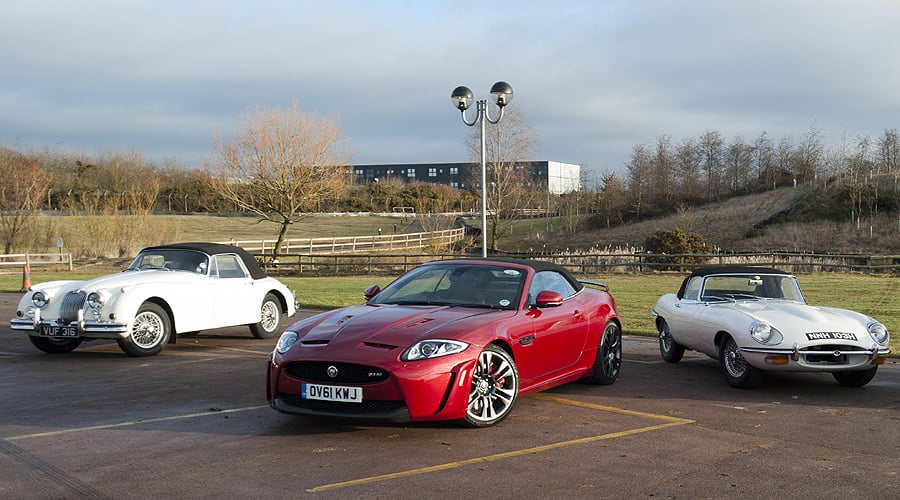
Photos: Amar Asodia / Gudrun Muschalla / Jaguar
















